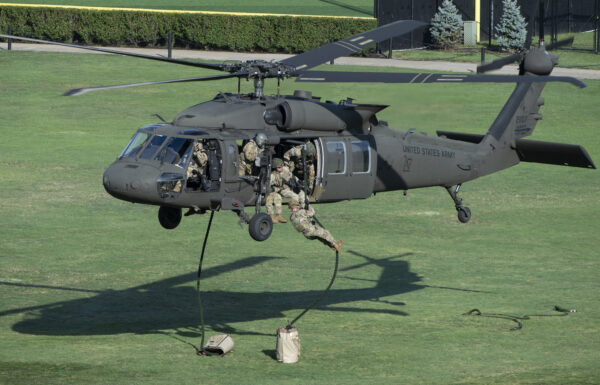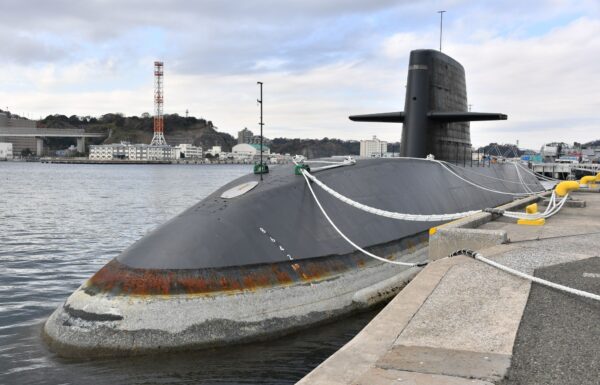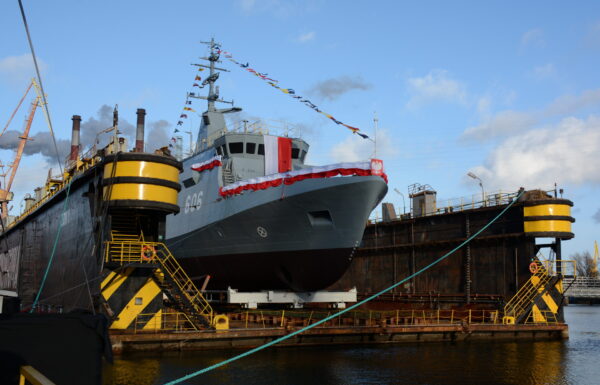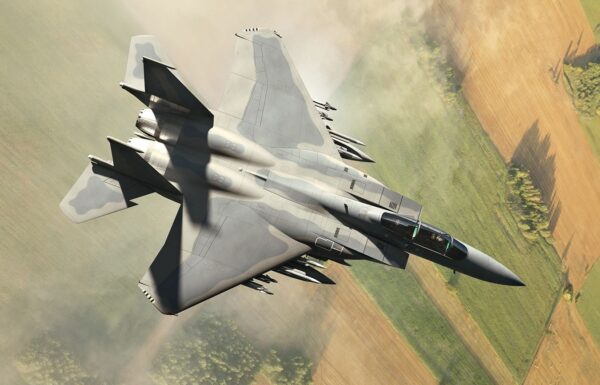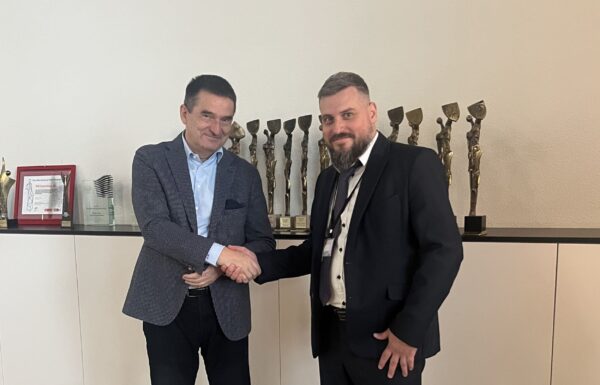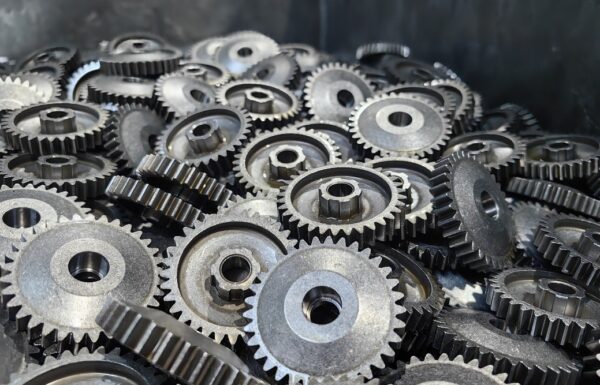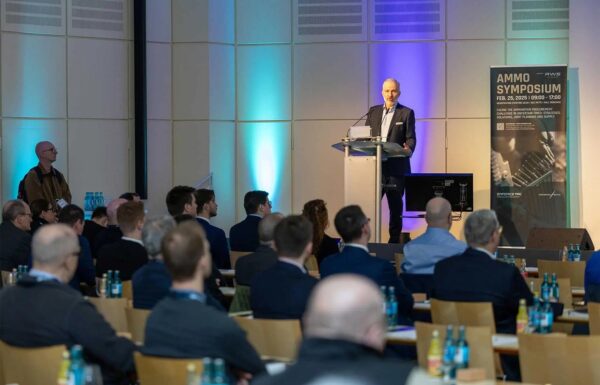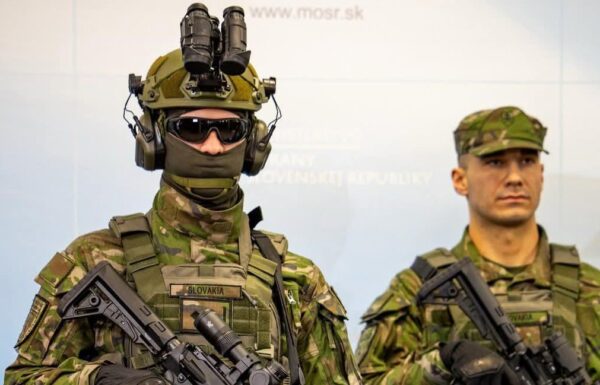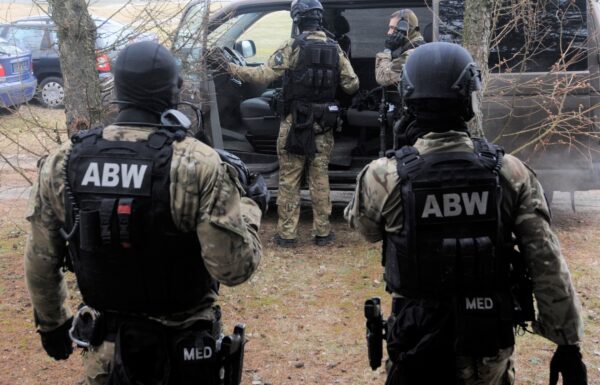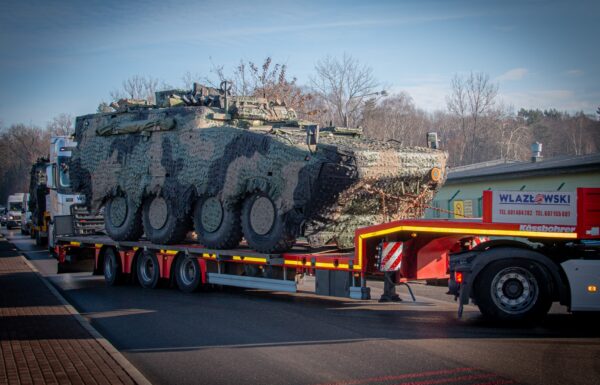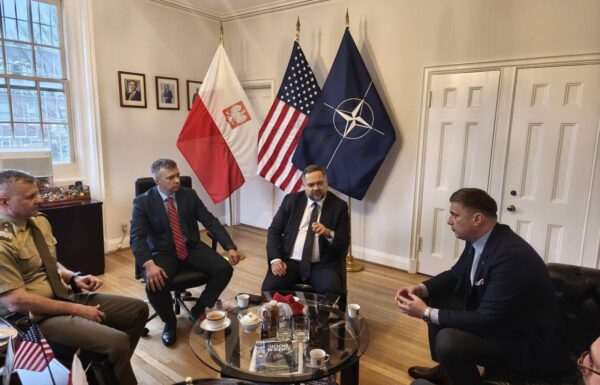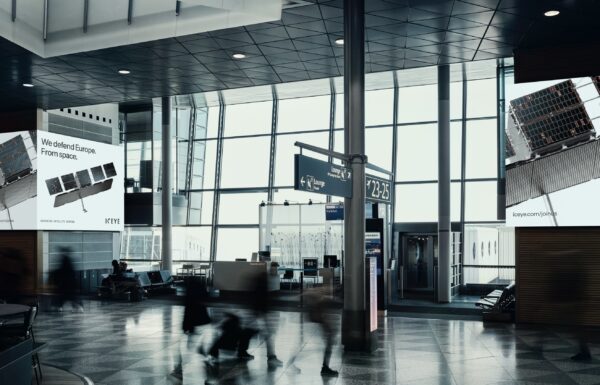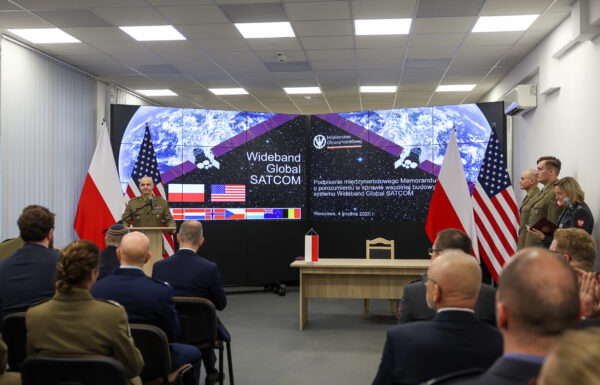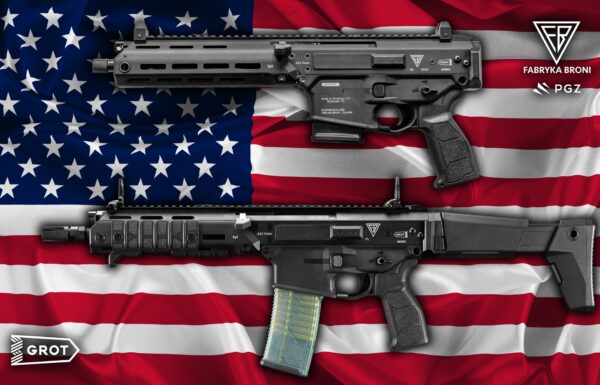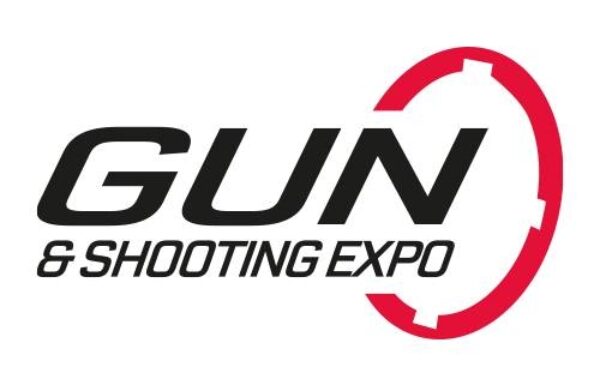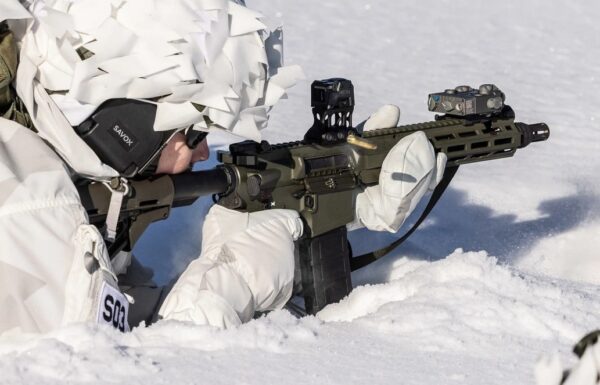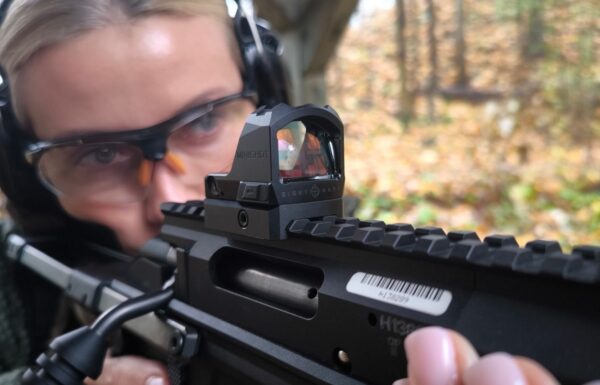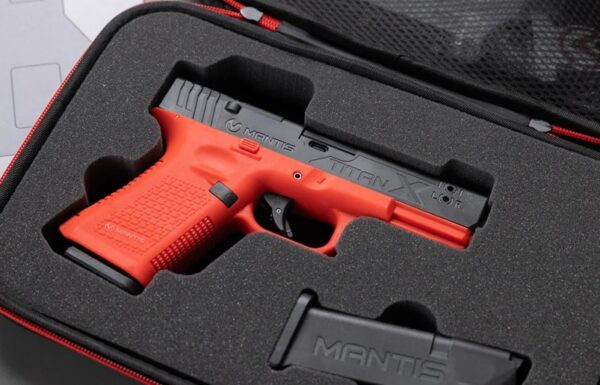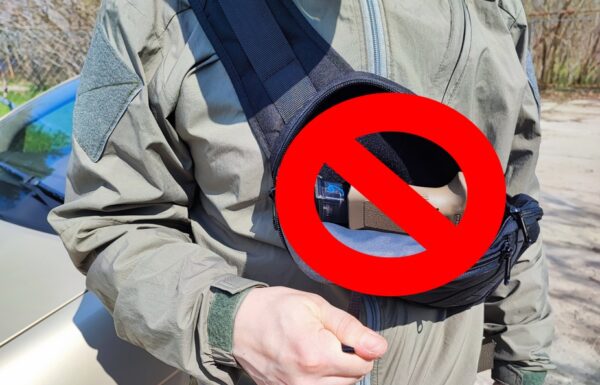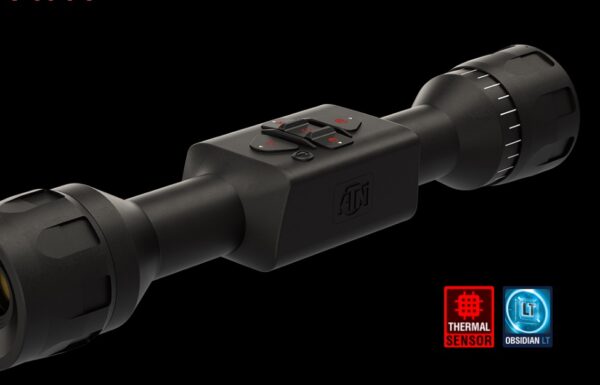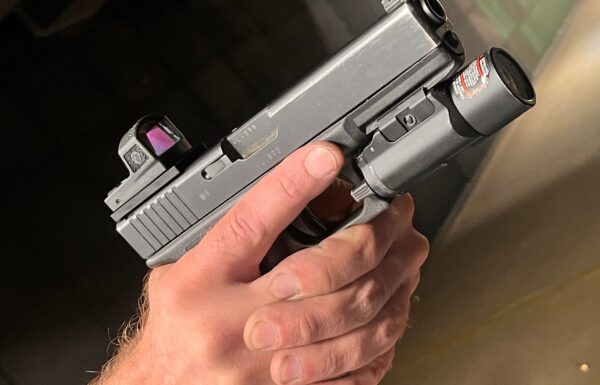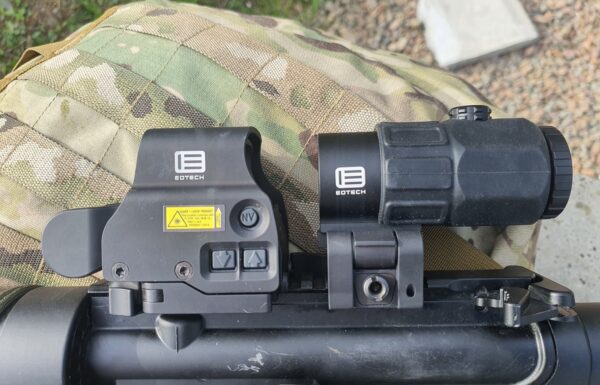On Thursday, May 9, 2024, the management of the Polish Armaments Group (PGZ) issued a statement in response to the harmful narrative spreading in the media regarding the location of K2PL tank production.
 Illustrative photo: Jakub Link-Lenczowski, MILMAG
Illustrative photo: Jakub Link-Lenczowski, MILMAG
Statement content:
The project of producing K2L tanks in Poland is such a large undertaking that it is impossible for a plant employing 350 people to handle it alone. At no point did the president of PGZ, Krzysztof Trofiniak, exclude the Military Mechanical Works S.A. or H. Cegielski S.A. plants from this project. These names, as well as statements regarding possible locations, were never mentioned; therefore, asserting and interpreting that these facilities will not be involved in the production of K2PL is completely misguided and unwarranted.
In the K2 tank production program, many companies will be involved, including those from the Silesia region, as mentioned by PGZ President Krzysztof Trofiniak during the Defance24Days conference [the exact statement is available at this link]. Anyone familiar with the arms industry, as well as considering the scale of this contract, cannot expect its execution to be confined to just one company. The implementation of this project will also require cooperation with private sector companies, hence the dominant entity will not be one of the subsidiaries but Polish Armaments Group S.A. The PGZ Board believes that this misinterpretation is aimed at worsening public sentiment and depreciating the activities of the PGZ Capital Group.
Management of the Polish Armaments Group
Oświadczenie Zarządu PGZ S.A. w związku z opublikowanymi materiałami prasowymi dotyczącymi produkcji czołgów K2 w Polsce.https://t.co/0q9ItfzEfd@MAPGOVPL @MON_GOV_PL pic.twitter.com/ZfGzciILFb
— Polska Grupa Zbrojeniowa🇵🇱 (@PGZ_pl) May 9, 2024
Statement by the President of the PGZ Management Board, Krzysztof Trofiniak, from May 6, 2024, during the Polish-Korean Defence-Industrial Cooperation panel at the Defence24 Days conference:
In cooperation with the Koreans, we were able to benefit from the experience we gained when we launched the production of the chassis of the Korean howitzer in a very short time. In December 2014, a contract was signed, and by 2015 the first two chassis were already in Poland and had been integrated with our turret systems. This was very quick, especially since the chassis had to be adapted to the Polish systems, and all the elements required by our military were installed on the first unit. Mechanically, it is the same chassis.
As for the service package that our army expects, we could say ‘which they needed yesterday’ – it will be implemented very quickly. I can confirm that we are ready for the transfer of this technology, as it will only concern the turret system – the chassis, truth be told, HSW can service already now because mechanically, it is almost the same.
As for the turret system, implementing the appropriate procedures will not be a problem, as we offer not only the supply of spare parts or service for selected components, but also training for crews, military service technicians, and the command system team.
As for securing MRO, I really am not worried and I am sure that it will be feasible in a short time.
It’s the same with the FA-50. I have spoken many times with the president of WZL-2 about the possibility of quickly implementing an MRO package for these aircraft. We discussed the same thing two weeks ago in Korea. Both sides want the fastest possible implementation, but the problem is in organizing cooperation between people. Ten years ago at HSW, a team was implemented that worked with the Koreans day and night, because when we were starting each morning, their workday was ending, which helped in the exchange of information and knowledge about the systems being installed.
As for the service packages, I have no concerns about their implementation in Poland. Especially since the recipients of this know-how are to be HSW and WZL-2. The Bydgoszcz company will surely implement this gradually—starting with the simplest and most frequently performed tasks. Since the FA-50 aircraft must maintain a high level of combat readiness, together with Korea, we are able to ensure this.
With the Chunmoo, the situation is similar to what it was 10 years ago with the Krabs, only in reverse – the firing system comes from Korea, and the chassis is from Poland. As for the main cost, it is not actually located in the vehicle, but in the missiles. Therefore, I am confident that as far as the vehicle itself is concerned, the project will be successfully implemented.
The most challenging issue we face is implementing missile production, and I think it will require opening a new production line, which entails significant costs. This will have to be done gradually, starting with the assembly of imported components, and gradually progressing to full production of these missiles in Poland.
As for other areas of cooperation, it is being carried out, for example, in the Rosomak. The first 4×4 vehicles are already being prepared for integration with Polish systems, and here too I see no problem with implementation. Rosomak has been involved in the assembly and adaptation to the requirements of 8×8 transporters, and it’s similar technology, although the dimensions are smaller.
The biggest challenge will be the K2. Not long ago, many declarations were made about where this tank will be produced. Well, it definitely won’t be a plant that employs 350 people and has limited space for expansion. That is unrealistic, as this task is even bigger than launching the production of howitzers in Poland. Krab took many years of work and involved a multitude of suppliers to be gradually implemented, and K2 will be an even more challenging endeavor, not just for companies in the heavy industry but also in electronics. We definitely want to start assembly as soon as possible based on components brought to Poland, and that is a realistic short-term goal to achieve, although it also requires substantial investments. Two, three, maybe three and a half years to start assembly is the right amount of time. The next step should be to gradually initiate production based on know-how of parts for the tank in Polish plants, not necessarily just the one doing the assembly – in fact, I would consider such a solution risky, as there are other companies, both state-owned and private, that can successfully cooperate in this area.
As for the heavy industry, I see work to be done at Bumar. We should focus mainly on servicing those tanks that are either already here or will soon arrive in Poland. Their combat readiness must be maintained at a very high level, which requires the involvement of at least one company that can quickly gain knowledge on servicing and supplying these tanks with spare parts. Given the number of tanks planned to be deployed in the Polish army, one service facility might not be enough, and we may need to find another location with expansion capabilities to ensure these tanks are serviced at an adequately high level.
Potential areas of cooperation are not limited to the above. They can extend to other fields and products. An example is NKTO (New Wheeled APC – translators note). It was expected to be operational by no later than 2026. If we are thinking about developing our own NKTO, we can forget about it. However, it’s worth considering whether to take advantage of some offer – not necessarily a Korean one – and if the continuation of Rosomak production is not possible, we should consider transferring technology and starting NKTO production as soon as possible, as developing our own transporter will take 10-11 years. A five-year perspective is just wishful thinking. And if we are thinking about transferring know-how, the agreement should be structured so that ultimately the owner would be the Polish industry, with the possibility of adapting the equipment to the armaments entering the equipment of the Polish Army, such as an unmanned turret.
There are also areas that have not yet been considered, such as 155 mm ammunition or its components. For us, a major issue is multi-base propellants and increasing the production of projectile bodies. We are most interested in a production line that could increase production capacity by at least 100,000 pieces per year.
There are many areas of cooperation, and some of them require urgent action. Many companies in Poland have been ‘starved’ by a long-term lack of orders and now require not only investments to expand their production capacity but also, in some cases, saving their fate. Unfortunately, there has been too little long-term planning and too frequent a focus on short-term perspectives. Six months/a year is no deadline; such plans should be made at least 10 years in advance, showing the production capacities that should be established in the Polish industry to meet the needs of the Polish Armed Forces, and eventually to offer products on international markets.
Krzysztof Trofiniak, president of the PGZ Management Board


